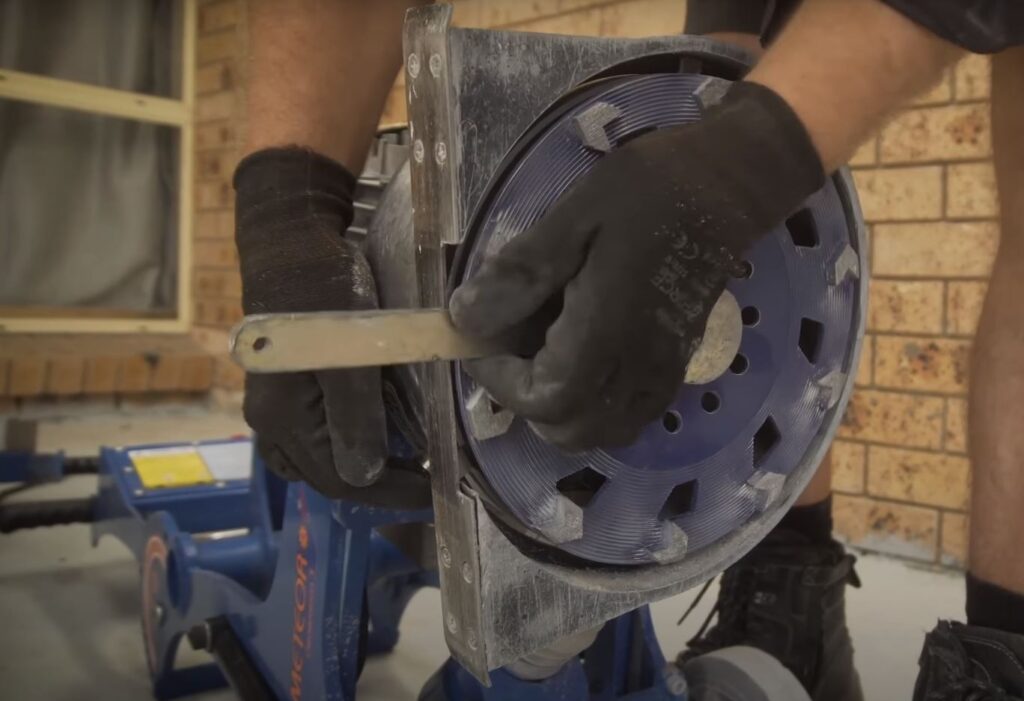Floor grinding, a process used for surface preparation and finishing, often begs the question – how much material can a floor grinder effectively remove? Well, the answer hinges on several factors, such as the grinder type, the disc’s quality, and the concrete hardness.
Grinding Depths and Machines Used
Typically, a standard floor grinder can remove up to 1/16th of an inch (approximately 0.016 cm) of the concrete surface in a single pass. More powerful machines, like shot blasters or diamond grinders, can dig deeper, even up to a quarter of an inch.
Suburb-Specific Considerations in Auckland
Floor grinding nuances can vary across Auckland’s suburbs, influenced by factors such as building age and floor type. Heritage properties in Parnell might have historic concrete requiring careful grinding, while new builds in Flat Bush might have harder concrete that can withstand more aggressive grinding.
Environmental Considerations and Grinding
Floor grinding can generate dust and waste. It’s crucial to manage these by-products to minimise environmental impact. Innovative companies utilise dust collection systems and eco-friendly waste disposal methods, aligning their operations with Auckland’s robust environmental standards.
Types of Finishes and Costs
Different grinding techniques result in varying finishes. In Auckland, prices can fluctuate based on the finish type and the complexity of the job:
- Surface Leveling: This basic service typically costs around NZD $50 per square metre.
- Surface Polishing: Offering a smoother finish, this service averages around NZD $65 per square metre.
- High-Gloss Polishing: For a mirror-like finish, expect to pay upwards of NZD $85 per square metre.
WorkSafe New Zealand and Floor Grinding
WorkSafe New Zealand enforces strict guidelines for tasks like floor grinding. These include mandatory use of Personal Protective Equipment (PPE) and maintaining a safe workplace environment. Dust masks, safety goggles, and robust gloves are essential when operating grinding equipment.
Council Bylaws: Grinding in the Auckland Context
Auckland Council bylaws can influence your floor grinding project. Noise control regulations limit work hours, especially in dense residential areas like Mount Eden. Similarly, waste disposal post-grinding must align with the Waste Management and Minimisation Plan, particularly relevant in coastal areas like Devonport due to the proximity to marine environments.
Understanding the Regional Council Codes
Each regional council in Auckland has its codes regarding construction work. In the North Shore area, a Resource Consent might be necessary for extensive floor grinding work, while in Manukau, certain restrictions could apply to maintain public access and safety.

In a Nutshell
The breadth of material a floor grinder can remove depends on various factors, including the machinery and concrete type. Remember to consider environmental impacts, work safety, and council bylaws when embarking on a floor grinding project in Auckland. Knowing your local council’s specific regulations and considering the different types of finishes can guide you towards a successful, seamless floor grinding process.